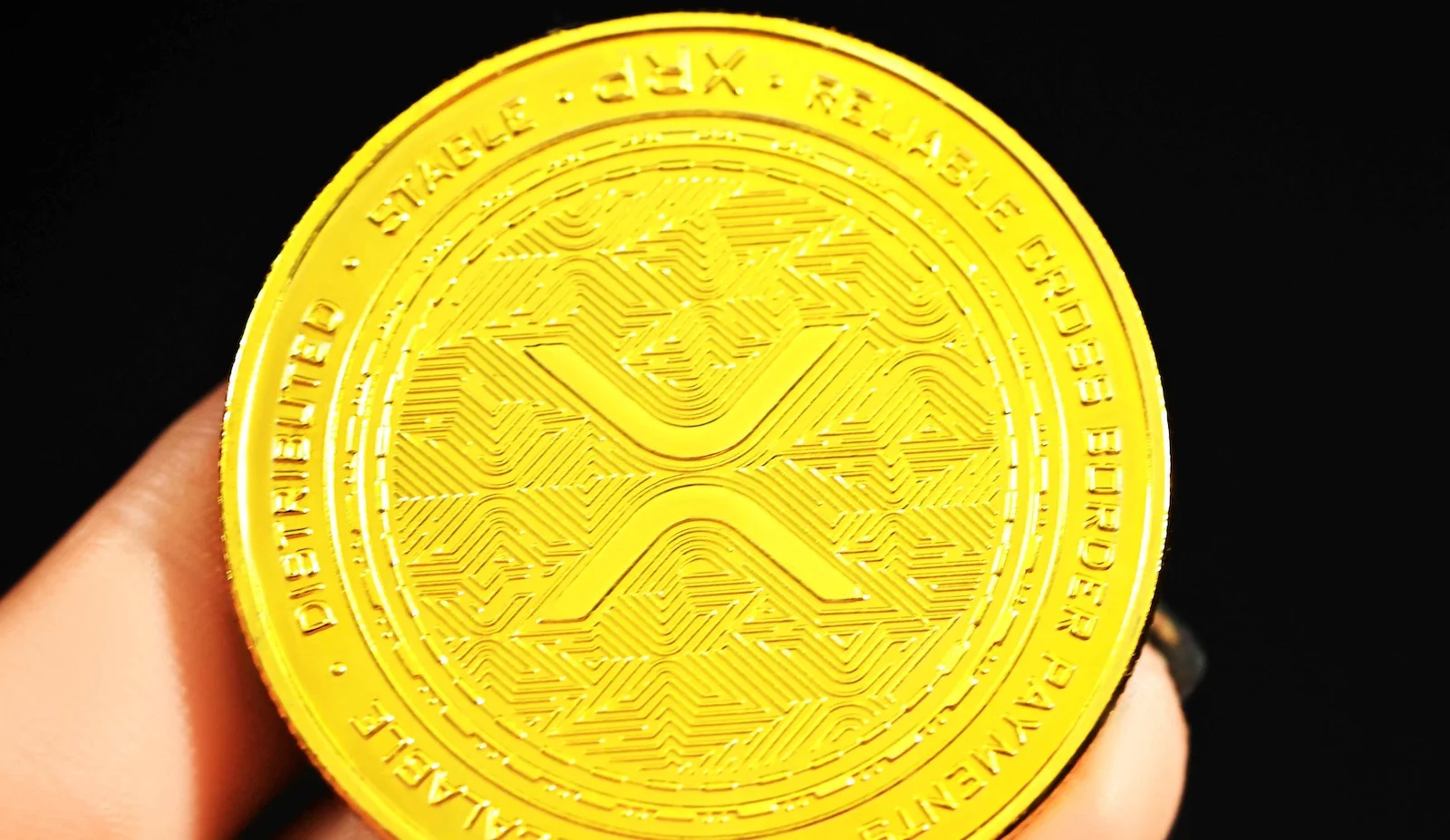Discover what is XRP and why it’s a game-changer for the cross-border payment industry. Get a comprehensive guide here.
XRP is a cryptocurrency that was created by David Schwartz, Arthur Britto and Jed McCaleb in 2012. It is designed to be a fast and efficient means of transferring value across borders, making it a popular choice for cross-border payments.
In this article, we’ll explore what XRP is, how it works, why it’s important in the cryptocurrency industry, the XRP ledger, XRP trading, XRP development, and real-world examples of XRP applications.
What is XRP – Definition
XRP is a digital currency that is used to facilitate cross-border payments. It’s a cryptocurrency that is designed to be fast, efficient, and scalable. XRP is the native currency of the XRP ledger, which is a decentralized blockchain network that enables the transfer of value in real-time.

How Does XRP Work?
XRP works by using a decentralized network of validators to confirm transactions on the XRP ledger. Unlike other cryptocurrencies like Bitcoin, XRP transactions are confirmed almost instantly. This makes XRP an ideal choice for cross-border payments, where speed and efficiency are critical.
Why is XRP Important in the Cryptocurrency Industry?
XRP is important in the cryptocurrency industry because it enables fast and efficient cross-border payments. The traditional cross-border payment system can be slow, expensive, and inefficient. XRP is designed to solve these problems by offering a faster, cheaper, and more scalable alternative.
The XRP Ledger
The XRP ledger is a decentralized blockchain network that enables the transfer of value in real-time. It’s similar to other blockchain networks, but with a few key differences. The XRP ledger uses a Proof of Authority (PoA) consensus mechanism to confirm transactions.
The XRP ledger is designed to be fast, efficient, and scalable. Transactions on the XRP ledger are confirmed in seconds, making it an ideal choice for cross-border payments. The XRP ledger can handle up to 1,500 transactions per second, which is much faster than other blockchain networks.
XRP Trading
XRP trading is the process of buying and selling XRP on cryptocurrency exchanges. XRP is a popular choice for traders because of its fast transaction times and low fees. XRP can be traded against other cryptocurrencies like Bitcoin and Ethereum, as well as fiat currencies like the US dollar and the euro.
XRP trading can be done on a variety of cryptocurrency exchanges, including Binance, Kucoin, and Bitstamp. To trade XRP, you’ll need to create an account on a cryptocurrency exchange, deposit funds, and then place an order to buy or sell XRP.
XRP Development
XRP development involves building and deploying applications on the XRP ledger. XRP has a robust developer ecosystem that includes APIs, developer tools, and documentation. XRP development is similar to other blockchain platforms, but with some unique features.
XRP has a built-in decentralized exchange (DEX) that enables the exchange of any currency on the XRP ledger. XRP developers can also create custom tokens that can be used to represent anything from assets to voting rights.
Over time, developers have added new features to the XRP Ledger, such as native support for NFTs or federated sidechains that enable horizontal scaling and smart contracts.
Real-World Examples of XRP Applications
XRP has been used to facilitate cross-border payments for a variety of companies and organizations. Some of the most notable companies using XRP for payments are SBI Japan, Novatti and iRemit.
The most popular wallet for XRP is Xumm, which is built by Wietse Wind and his XRPL Labs company.
Since the activation of NFTs in 2022, there have been many NFT creators switching to the XRP Ledger for its speed, low costs and on-chain enforced royalties.
Conclusion
XRP is a cryptocurrency that is designed to be fast, efficient, and scalable. It’s a popular choice for cross-border payments because of its fast transaction times and low fees. XRP has a robust developer ecosystem and has been used to create a wide range of applications in various industries.
Understanding what XRP is, how it works, and its impact on the cryptocurrency industry is essential for anyone interested in blockchain technology. Whether you’re a developer, investor, or simply curious about the future of technology, XRP is a an important player in the crypto world.